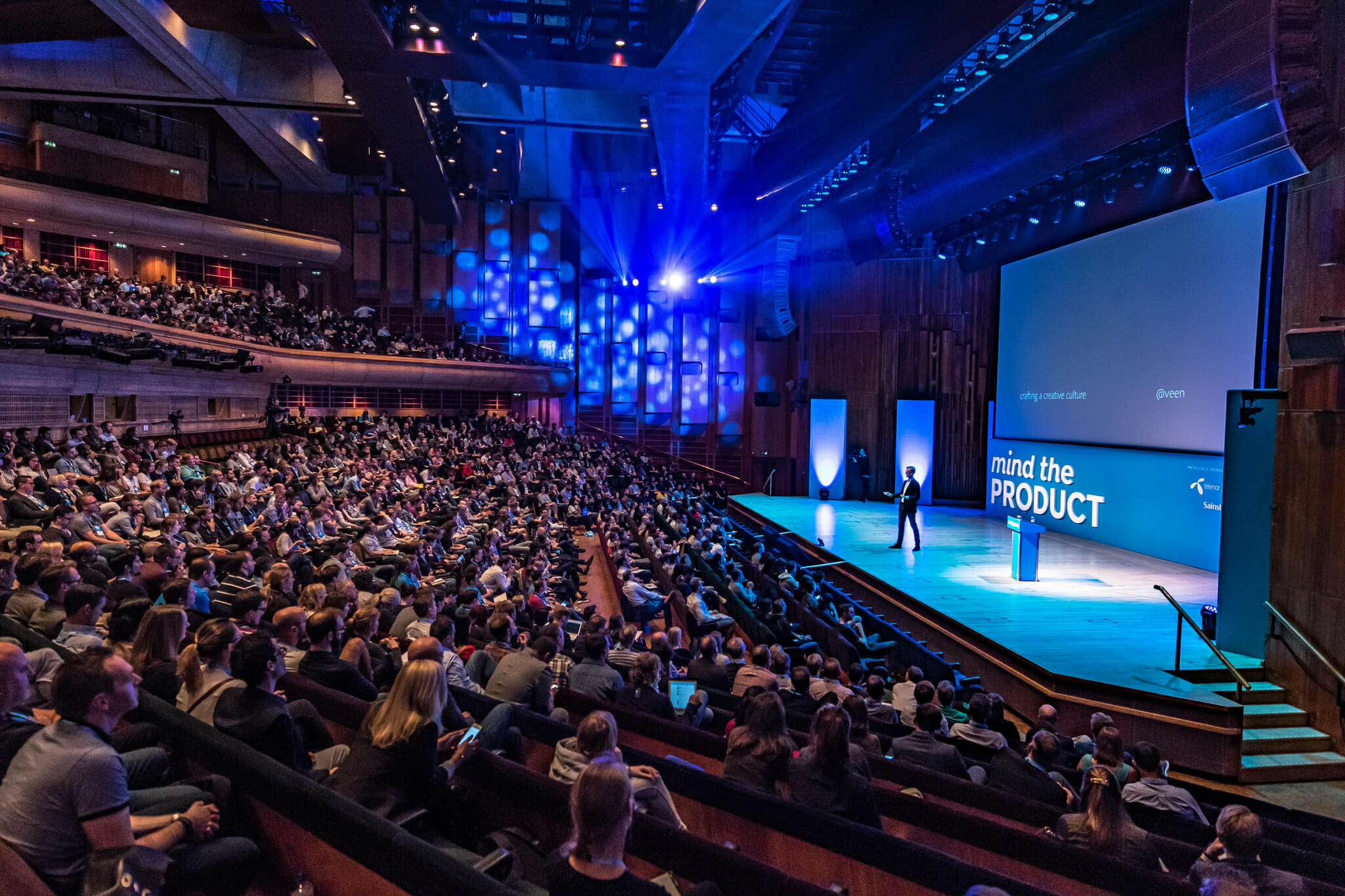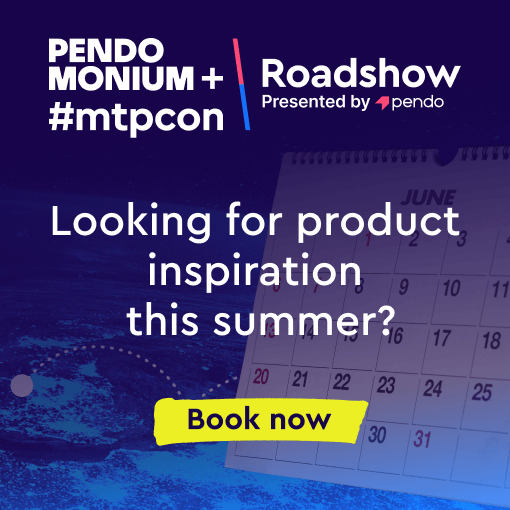In this thought-provoking closing keynote from #mtpcon Jeff Veen, design partner at True Ventures and former VP of Design at Adobe, shared how important a creative culture is, how it allows you to build better products, and what organizations need to do to craft that creative culture.
Veen began by asking the audience to picture themselves in a boat on a still lake at sunrise. The boat flips over and then they see some teenagers have knocked them out. Would they feel rage? Embarrassment, maybe? But what if the boat overturns on a piece of driftwood? The emotional response is different. “You can decide to feel the same way in both of those circumstances,” says Veen. “Emotions can be a choice, not an automatic response. This is not repressing our emotions, but understanding and acknowledging them… it’s emotional stability, equanimity, grace under pressure – and it’s a skill we can cultivate.” Veen says that teams can develop this skill, and he believes that it’s a skill that people who make products should cultivate.

Use structure to manage emotions
Veen told a story from the early days at Typekit, a business he co-founded which provides fonts for use on the web and in apps, and which is now owned by Adobe. One morning font kits were moving from the Typekit server and queuing but not being delivered to the content distribution network and on to users. Typekit’s systems were unable to cope. Engineers reported that the problems was with one of Typekit’s partners, About.me, which was bringing 20 to 30 times its usual amount of traffic to the company. The problem was further complicated because the CEO at About.me was also an investor in Typekit, and traffic was about to get even busier because About.me was about to be acquired. It was also the weekend before the Christmas break. “This is when you start to rely on the values that you instill in your team,” Veen says. “This is where we decided that we would put the start-up as our priority. We had three days, and we started to practise equanimity – the idea of taking all this emotional anxiety, and trying to structure it, understand it and channel it into productive output.”
Teams thrive with equanimity
Veen says they decided they would spend the first day identifying and understanding the problem, the second day building a solution, and the third day integrating and deploying this solution. They identified the teams that would be involved and sequestered them so that everyone could get on with their job without any other worries. “The team that’s building the technical solution doesn’t need to worry about making business decisions,” Veen says. “We were trying to set up conditions for success by using structure to manage anxiety.” By the end of the third day “everything worked, and we had set a new bar for the amount of traffic we were able to support”.
Veen says that this experience brought the following truths home to him:
- Everything breaks all the time. That is normal and it’s what we have to design for.
- Everything is connected. Nothing can work on the web in isolation.
- Everything is user experience. It’s not just the interface we create, it’s everything from dev ops, performance, partnerships, contracts, it should all be considered as part of a user experience process.
Project Aristotle was Google’s study into what made the perfect team. The company studied hundreds of its teams and looked for patterns for success. It’s conclusion on what made teams at Google successful was surprising – it found that it wasn’t education, experience, personality types, genders or any other expected trait that led to a team’s success, but simply a sense of psychological safety that was important – a sense that the team would not embarrass, reject, or punish someone for speaking up. “How do we cultivate that in our teams?” asked Veen.
Crafting a Creative Environment
Veen looks for ways to create a creative environment, one with shared values and camaraderie where team members feel safe to be as creative as they can without fear of rejection. He has some practical suggestions for fostering this environment through the types of meeting that a company holds. He says: “I felt that the times we spent together as a team at Typekit were the most valuable we had. We treated them as events where work was going to happen.”
Morning stand up: A daily meeting at the start of the day, everyone starts the day together. It’s 15-minute meeting. Nobody can talk except the people who have information to impart, it’s a structured and disciplined approach. There are no laptops, no problem solving.
It’s a start to the day, says Veen, a connection and imparts sense of momentum and pace to the day.
Weekly product review: Attendance is optional but participation is mandatory. It’s not a forum for expressing opinions, but one for open-ended questions so that the person making the product decisions can explain their work, it’s a working session for group problem solving, says Veen. At Typekit, Veen found that many people from different parts of the organization would attend these meetings, even though they were optional, and this was very valuable. He adds that the more exposure to users the team had, the better their design instincts became. A diverse team has broader product insights, he says.
Post mortem: These meetings happen when something goes wrong, but as Veen points out, it’s important to remember that whatever went wrong, someone thought they were doing the right thing. They were in an environment where the circumstances went wrong – their intention was to do the right thing. But it is human instinct to find the villain.
If you can uncover what went wrong with the circumstances rather than find someone to blame then it changes the emotional atmosphere in the team, says Veen, people are no longer afraid of the consequences of an error but focused on the circumstances that lead to success.
Anti-meeting: Group chat tools like Slack are an example what Veen terms an anti-meeting. Group chat delivers a sense of communication compression and momentum, it removes hierarchy, he says, whereas email has a sense of creating documents and space to be filled. The anti-meeting builds the team culture and a sense of trust.

Vision and purpose
In closing, Veen examined how important it is for companies to lay out their vision. It is, he thinks, because everyone on the team needs to be able to articulate their work in the context of the company vision and make the connection. “I think we can go even further and talk about purpose, how are we contributing in a bigger sense.” He cites a Japanese study which found that people who were able to articulate how their work connected to a bigger purpose lived longer. “We see it in all cultures,” he added.
He concluded with a call to arms for us all:
“We are the first ones getting a crack at what this digital connected world is all about. Find the people you trust and the thing that excites you and go out and build it.”







Comments 0